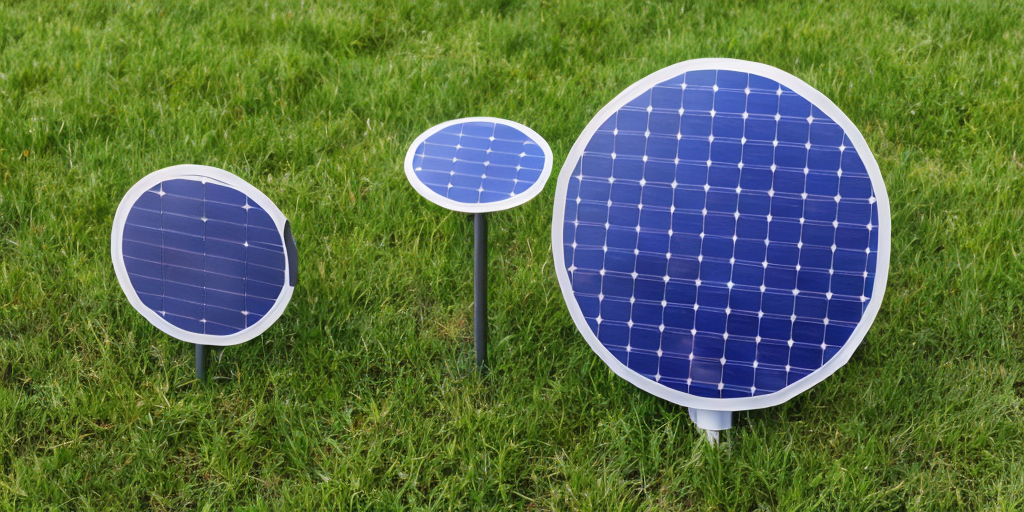

It could but the concern weird be rattle if you have any. I what wouldn’t fall do the whole “keyboard specific dampening foam”, I use packing foam on my keyboard between the case and PCB and it’s totally fine. But the PCB is also screwed into metal standoffs in a wooden case, and I have no plate. Surprisingly I don’t have an issue with switch movement. And the seller stopped selling plates while they unloaded stock of PCBs. I’ve been too lazy to reverse engineer the plate design, which the seller also for some reason did not want to release (even though they had released other plate designs). Really dumb. But keyboard works so whatever :)






Surprisingly sane take, I forget sometimes that not everything on the internet is straight cynicism. Ty.